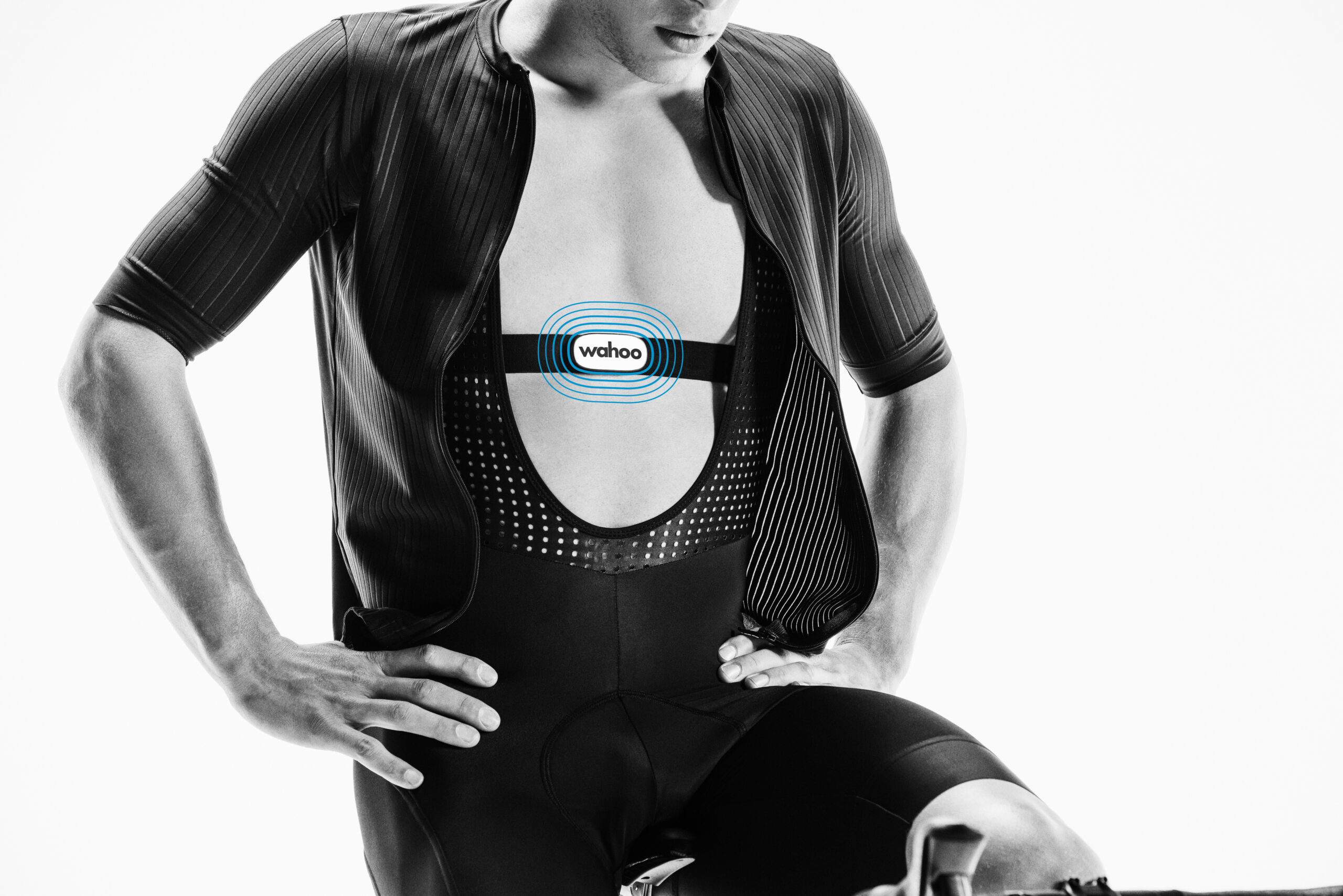El entrenamiento con frecuencia cardíaca puede ser una herramienta vital para los ciclistas. Puede ayudarte a ser más fuerte, más rápido y estar en mejor forma, todo mientras previenes el sobreentrenamiento y el agotamiento. Pero esto solo es posible si sabes qué buscar, cómo encontrarlo y cómo hacerle seguimiento. Sin embargo, antes de comenzar a monitorizar tu frecuencia cardíaca, es importante entender en qué consiste exactamente este tipo de entrenamiento.
LOS FUNDAMENTOS
La frecuencia cardíaca es el número de veces que el corazón late por minuto mientras bombea sangre por tu sistema. Es la respuesta de tu cuerpo al esfuerzo que estás realizando; cuanto más intenso sea el esfuerzo, más alta será tu frecuencia cardíaca.
Dos de los números más importantes en el entrenamiento con frecuencia cardíaca son la frecuencia cardíaca en reposo (el número de latidos por minuto mientras descansas) y la frecuencia cardíaca máxima (el número máximo de latidos por minuto que el corazón puede alcanzar).
Estos datos sirven como referencia para tu salud general y tus niveles de condición física: a medida que mejora tu forma física, tu frecuencia cardíaca en reposo disminuye. Tu cuerpo se vuelve más eficiente y necesita menos esfuerzo para bombear sangre por el sistema.
CÓMO ENCONTRAR TU FRECUENCIA CARDÍACA EN REPOSO
La mejor manera de determinar tu frecuencia cardíaca en reposo es medirla por la mañana, cada día durante una semana. (Asegúrate de hacerlo durante una semana en la que no estés enfermo ni bajo estrés).
- Si tienes un monitor de frecuencia cardíaca, simplemente colócatelo y recuéstate durante unos minutos, relajándote al máximo. Anota el número más bajo que veas y repítelo al día siguiente.
- Si no tienes un monitor, encuentra tu pulso (en el interior de la muñeca o en el cuello) y cuenta el número de latidos que sientes durante un minuto (o durante 30 segundos y multiplícalo por 2).
Al final de la semana, haz el promedio de los siete valores y esa será tu frecuencia cardíaca en reposo.
CÓMO ENCONTRAR TU FRECUENCIA CARDÍACA MÁXIMA
Conocer tu frecuencia cardíaca máxima te permitirá determinar la intensidad de cada entrenamiento.
El siguiente método es otra opción. Solo necesitas tu bicicleta y una subida larga y constante.
- Calienta durante 15 minutos.
- Comienza a un ritmo rápido, aumentando la velocidad cada minuto.
- Durante unos cinco minutos, permanece sentado.
- Cuando ya no puedas ir más rápido sentado, levántate y esprinta tan fuerte como puedas durante 15 segundos.
- Inmediatamente toma tu frecuencia cardíaca: este será tu valor máximo.
Al hablar de frecuencias cardíacas máximas, es interesante observar que este valor puede variar según el deporte. Por ejemplo, la frecuencia cardíaca máxima durante la carrera suele ser más alta que durante el ciclismo, ya que depende del tamaño de los grupos musculares implicados. Esto hace que sea crucial determinar tu máximo individualmente para cada actividad.
ENTRENAMIENTO POR ZONAS
Ahora que ya conoces tu frecuencia cardíaca en reposo y la máxima, puedes utilizar estos datos en tus entrenamientos de ciclismo.
Zona 1
RECUPERACIÓN
Intensidad: 50-60% de tu máximo
Los entrenamientos de recuperación activa ayudan a eliminar el ácido láctico y reducen la fatiga. Mantén un esfuerzo ligero para obtener beneficios.
Zona 2
RESISTENCIA
Intensidad: 60-70% de tu máximo
Esta zona es la base de los entrenamientos, especialmente para principiantes. Ayuda a quemar grasa y mejorar la resistencia.
Zona 3
CAPACIDAD AERÓBICA
Intensidad: 70-80% de tu máximo
Esta zona mejora la condición física y la potencia. Se siente “cómodamente difícil”.
Zona 4
UMBRAL ANAERÓBICO
Intensidad: 80-90% de tu máximo
Aumenta la capacidad máxima y mejora la resistencia a alta velocidad. Ideal para entrenamientos por intervalos.
Zona 5
VO2 MÁXIMO
Intensidad: 90-100% de tu máximo
Esfuerzo intenso que solo puedes mantener de 3 a 8 minutos. Mejora la eficiencia del sistema cardiovascular.
SEGUIMIENTO DE LA FRECUENCIA CARDÍACA
Hacer el seguimiento de la frecuencia cardíaca con dispositivos como los monitores de Wahoo facilita mantenerte en zonas específicas en tiempo real, mejorando la eficiencia de tus entrenamientos.




